Detailed Report On Alcohol Manufacturing
Alcohol manufacturing involves the production of beverages like beer, wine, and spirits through fermentation and distillation processes. These alcoholic products have cultural, social, and recreational significance across the globe.
Introduction
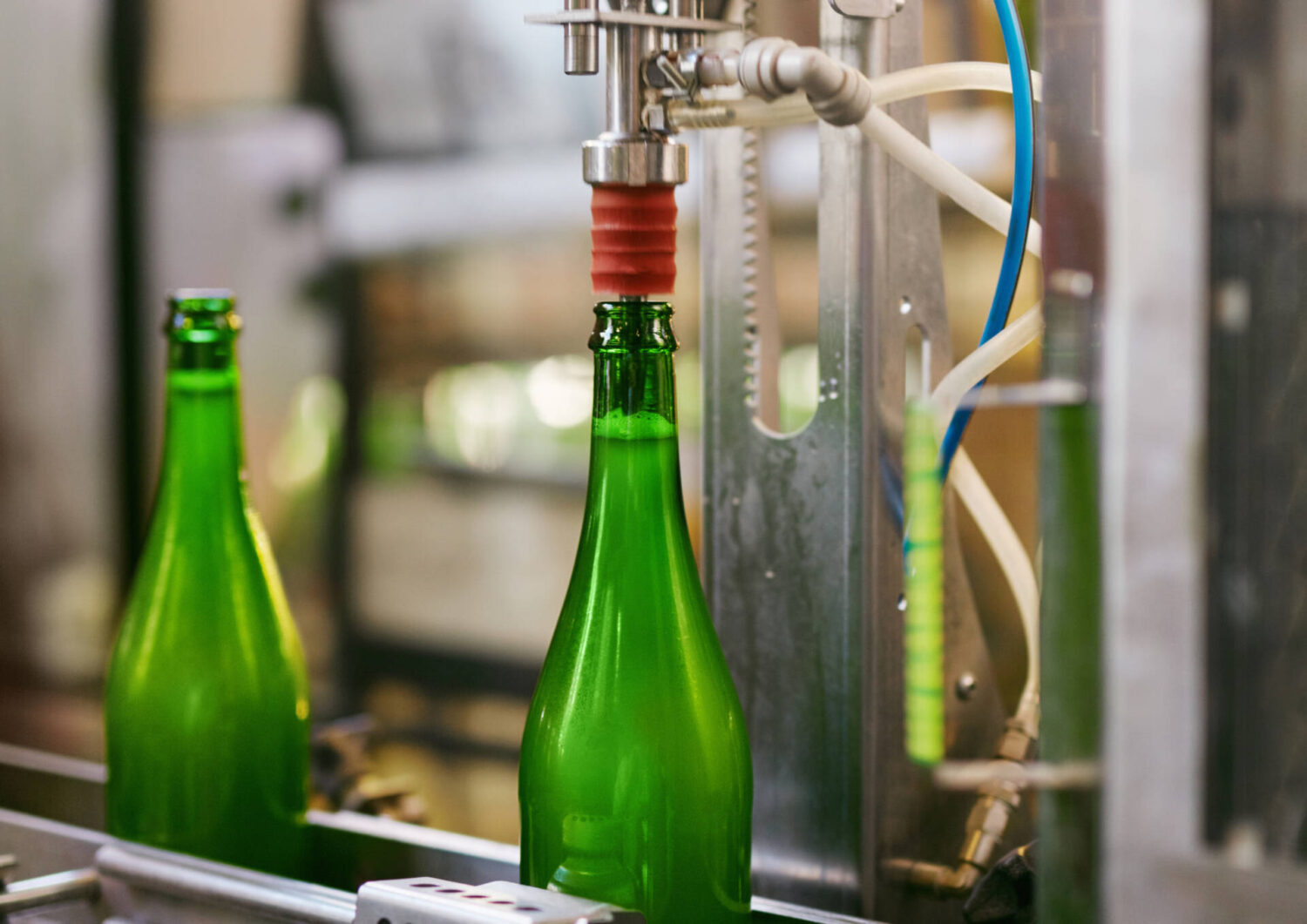
Detailed Report on Alcohol Manufacturing is as follows.
Alcohol is a carbon-containing chemical molecule with a hydroxyl functional group attached to it. Ethanol is the most well-known alcohol since it is the intoxicating component found in alcoholic beverages. This molecule is produced naturally when yeasts and other microbes digest carbohydrates. Another widely used alcohol is isopropyl alcohol. Alcohol is used as an antiseptic or disinfectant in a multitude of industries due to its broad-spectrum antibacterial properties. At concentrations of 60-80 percent, alcohol can denature proteins and kill harmful microorganisms. It can also be found in cosmetics such as face cleansers and lotions. One of the two alcohols is the major component in most hand sanitizers.
The mashing of grains, fruits, or other items is the first step in the creation of distilled spirits. The fermented liquid is then heated until the alcohol and flavorings evaporate, at which point they may be removed, cooled, and condensed back into a liquid. Water is left behind and discharged. Concentrated liquids known as distilled drinks include whisky, gin, vodka, rum, brandy, and liqueurs or cordials. They normally have an alcoholic concentration of 40 to 50%, while higher or lower quantities have been seen. Because alcohol does not undergo any digestive processes, it is quickly absorbed in the gastrointestinal system (stomach and intestines) after consumption; hence, alcohol reaches high levels in the blood in a very short period. Alcohol is transmitted throughout the body via the blood and has a particularly significant depressing impact on the brain. When under the influence of alcohol, brain processes are lowered in a predictable manner. The most complex brain functions—judgment, self-criticism, and inhibitions developed since childhood—are initially depressed, and the loss of this control results in a sensation of exhilaration in the early phases.
Alcohol is typically produced in two stages: fermentation and distillation. This results in a low-alcohol beverage called a “mash” or “wine.” Following that, the mash is heated to separate the alcohol from the water and impurities based on their boiling temperatures. To provide taste, evaporated alcohol is collected, condensed, and usually aged. This process is used to create alcohol (ethanol), which is present in beer, wine, and spirits. Quality and characteristics are influenced by raw components, fermentation conditions, and distillation techniques.
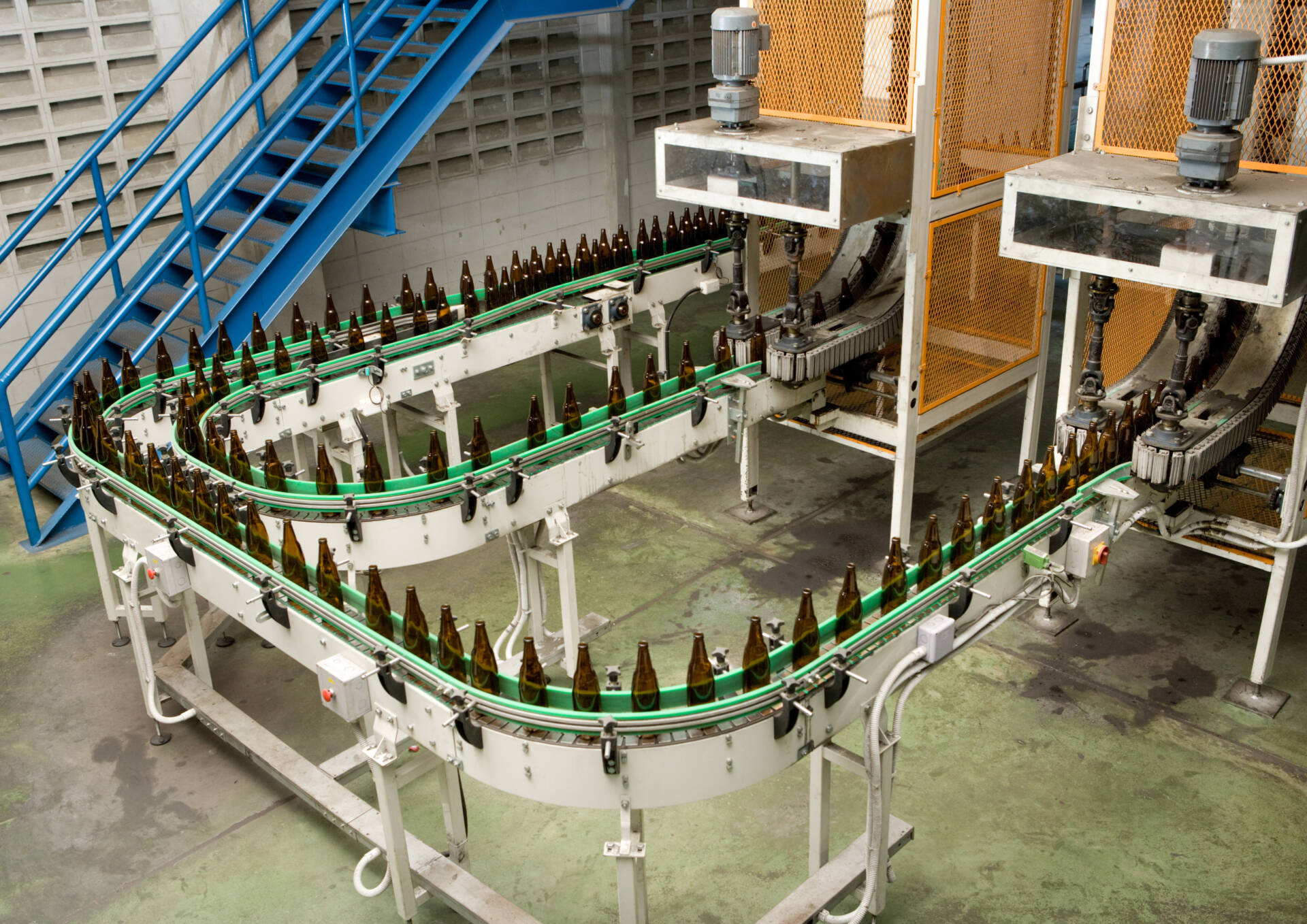
Detailed Report Sample On Alcohol Manufacturing
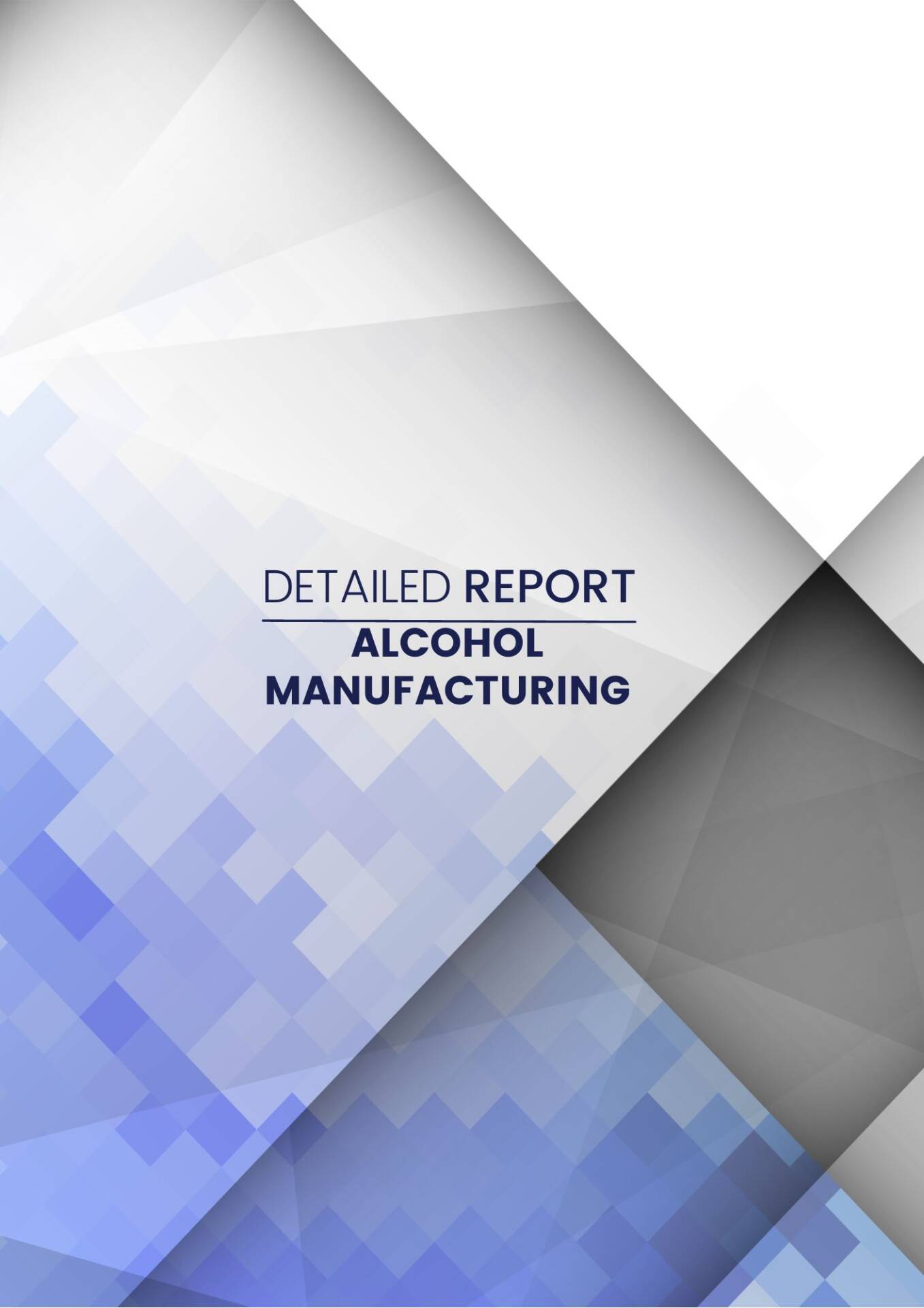
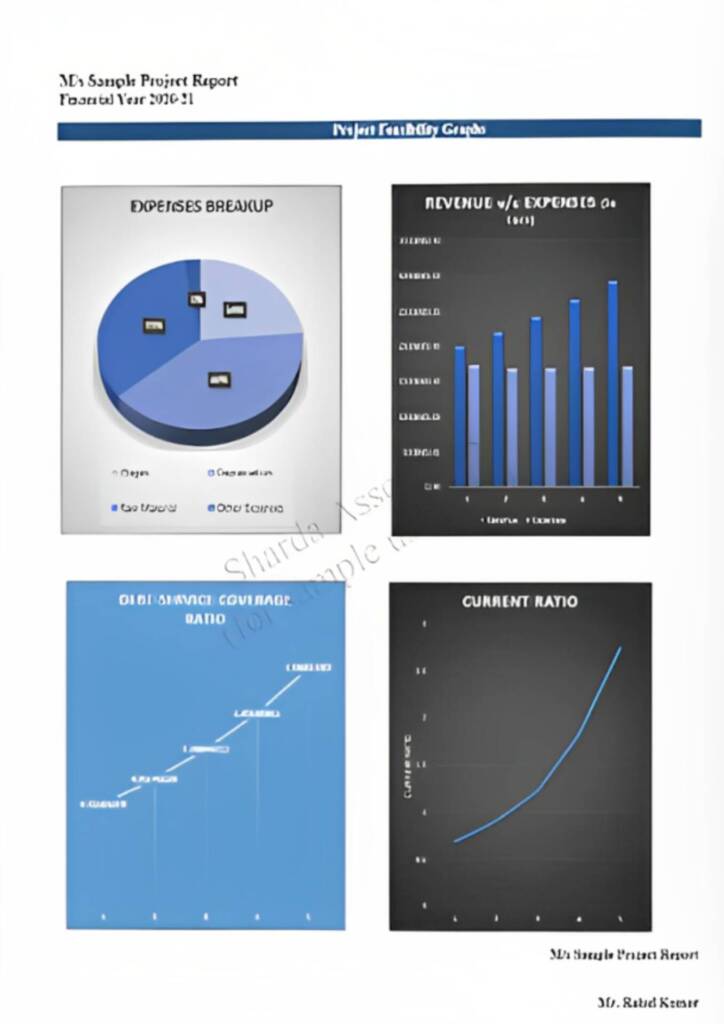
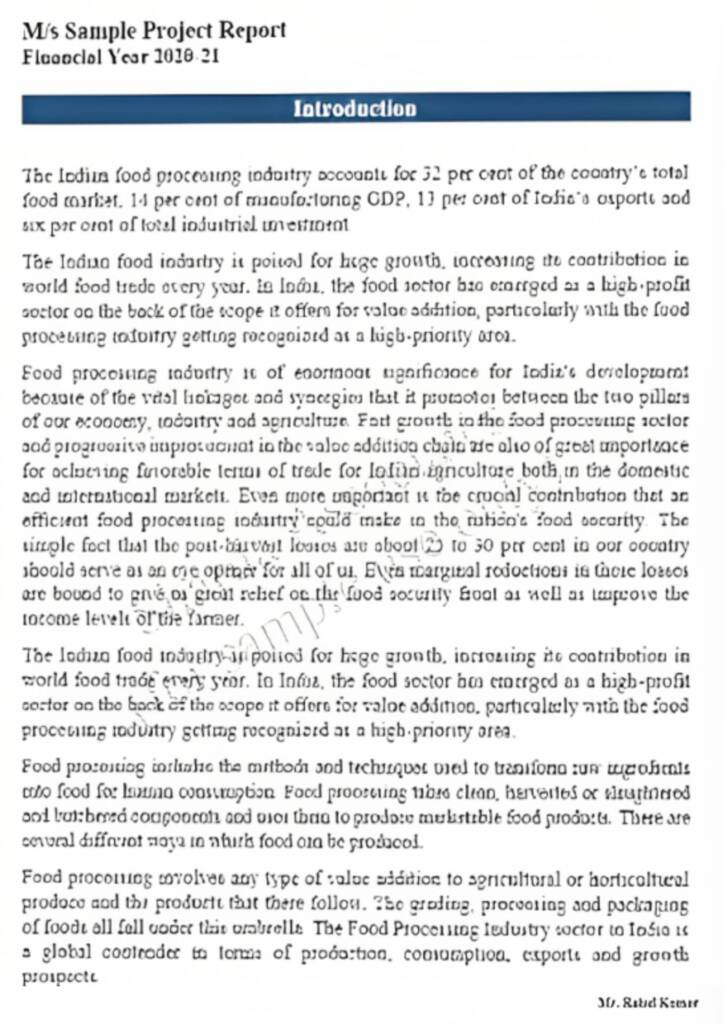
Market Potential Of Alcohol Manufacturing

The Indian alcohol market is expected to produce US$ 54,740.0 million in 2023 and US$ 111,238.9 million by 2033. During the projected year, alcohol sales in India are expected to expand considerably (7.0% CAGR).
The Indian alcohol market has expanded substantially over the years, owing to changing lifestyles, urbanization, and an expanding middle class. India has a long history with alcohol, with its consumption intrinsically related to social gatherings, celebrations, and religious festivals. India’s alcoholic beverage industry is one of the largest in the world, after only China and Russia.
Growing demand for alcoholic drinks in India is mostly due to the country’s huge youthful population base, and increased alcohol use among the young generation, as well as rising disposable income, is supporting industry growth. India is one of the world’s largest consumer marketplaces, with a population of 1.3 billion people. It is also one of the youngest, with more than half of its population under the age of 25 and almost 65% under the age of 35. People between the ages of 18 and 40 drink the great majority of alcohol.
Contents of Project Report
A project report helps you identify whether a project is worth pursuing. It presents the holistic view and brings complete insight of the business and its activity.
It acts as a guide for all the business operations, aids in taking all financial decisions related to the existing businesses and to the start-ups. It serves as roadmap to the business and provides information to the outsider who are wanting to know more about the business.
You will have the opportunity to build new goals and expansion ideas in one single document. Everyone, from the banks to potential investors, will need to have a look at the project report before they shell out any money.
A well drafted project report generally consists details about:
- Brief History of the Business
- The Promoters
- SWOT Analysis
- Industry Outlook
- Past Financial Statements
- Projected Financial Statements
- Infrastructure and Human Resource required
- CMA data
- Business model
- Requirement of Working Capital Funds
- Means of Finance
Other relevant information, if any.
